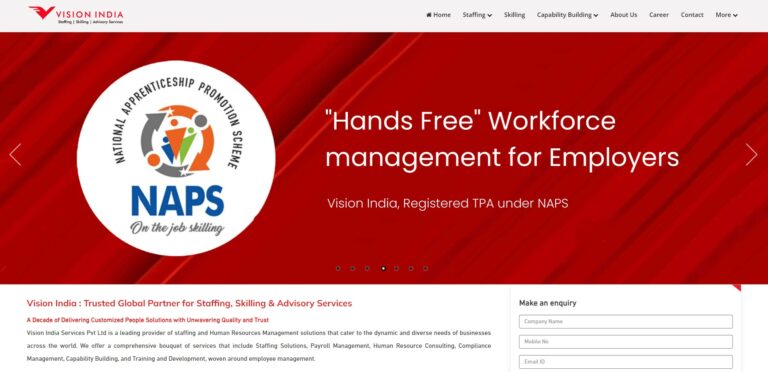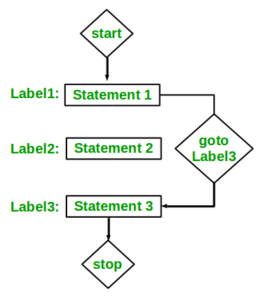Demystifying Kubernetes: A Comprehensive Overview of Container Orchestration

In today’s fast-paced technological landscape, organizations are increasingly adopting cloud-native applications and microservices architectures. As the scale and complexity of these applications grow, managing and orchestrating containers becomes a significant challenge. Enter Kubernetes, an open-source container orchestration platform that has revolutionized the way applications are deployed, scaled, and managed. In this article, we will explore what Kubernetes is, how it works, and why it has become the de facto standard for container orchestration.
Understanding Kubernetes
Kubernetes, often abbreviated as K8s (derived from the eight letters between ‘K’ and ‘s’), is a powerful container orchestration platform that automates the deployment, scaling, and management of containerized applications. Initially developed by Google, Kubernetes is now maintained by the Cloud Native Computing Foundation (CNCF), an open-source software foundation that fosters the adoption of cloud-native technologies.
The Core Components
At the heart of Kubernetes lies a set of core components that work together to provide its powerful orchestration capabilities:
- Master Node: The master node acts as the control plane for Kubernetes, overseeing and managing the entire cluster. It comprises several components, including the API server, scheduler, controller manager, and etcd (a distributed key-value store for cluster configuration data).
- Worker Nodes: Worker nodes, also known as minion nodes, are the machines that run the containerized applications. Each worker node runs a Kubernetes runtime called a container runtime (such as Docker or containerd) and hosts one or more containers.
- Pods: The fundamental unit of deployment in Kubernetes is a pod. A pod represents a group of one or more tightly coupled containers that share the same resources, such as network namespace, IPC namespace, and storage volumes. Pods are scheduled onto worker nodes and can be scaled independently.
- ReplicaSets and Deployments: ReplicaSets and Deployments are higher-level abstractions in Kubernetes that enable the management of application scalability and rolling updates. ReplicaSets ensure a specified number of pod replicas are running at all times, while Deployments provide declarative updates to manage the lifecycle of application deployments.
- Services: Services in Kubernetes enable communication and load balancing between pods. A service provides a stable endpoint for accessing pods, even as they are dynamically created or scaled.
Key Features and Benefits
Kubernetes offers several key features that make it a popular choice for container orchestration:
- Scalability and High Availability: Kubernetes allows applications to scale horizontally by adding or removing pods dynamically based on resource utilization. It also ensures high availability by automatically rescheduling failed pods onto healthy nodes.
- Service Discovery and Load Balancing: With Kubernetes, services have dynamic DNS names, making it easy for other services or external clients to discover and communicate with them. Load balancing across pods is handled automatically, ensuring optimal distribution of traffic.
- Self-Healing: Kubernetes continuously monitors the health of pods and restarts or replaces failed instances automatically. It also provides rolling updates, allowing seamless application upgrades without downtime.
- Declarative Configuration: Kubernetes adopts a declarative approach to configuration, where users define the desired state of the system using YAML or JSON manifests. Kubernetes then continuously reconciles the actual state with the desired state, ensuring the system remains in the desired state.
Conclusion
Kubernetes has revolutionized the management of containerized applications, providing a robust and scalable platform for automating deployment, scaling, and management. Its rich set of features, coupled with its vibrant ecosystem and strong community support, have made it the go-to solution for organizations embracing cloud-native technologies. As containers and microservices continue to reshape the software landscape, understanding Kubernetes and its capabilities is crucial for modern-day developers, system administrators, and IT professionals.
Business Listings Related to the Article: Demystifying Kubernetes: A Comprehensive Overview of Container Orchestration
Vision India Services
Vision India Services Pvt Ltd remains a forefront trailblazer in furnishing staffing and Human Resources Management solutions that aptly address the ever-shifting and distinct requisites of businesses spanning the globe.
- Category
- Business Services
More Articles Like: Demystifying Kubernetes: A Comprehensive Overview of Container Orchestration
Unlocking the Power of InfiniBand: A Primer on High-Speed Networking
In the realm of high-performance computing (HPC), where processing vast amounts of data in minimal time is paramount, the infrastructure supporting these operations plays a pivotal role. One such critical component is InfiniBand, a high-speed interconnect technology that has become the backbone of many supercomputers, data centers, and enterprise environments. In this article, we’ll delve […]
Exploring Sylius: An Overview of the Open Source eCommerce Framework
In the dynamic landscape of eCommerce, businesses constantly seek robust and flexible solutions to manage their online stores effectively. One such solution gaining prominence is Sylius—an open-source eCommerce framework. Sylius offers a modern and customizable platform for building online shops, providing developers and businesses with the tools they need to create tailored eCommerce experiences. Understanding […]
In Defense of the GOTO Statement: A Case for Controlled Usage in Programming
The GOTO statement is a controversial and often maligned construct in the world of programming. Its reputation has been tarnished by its association with spaghetti code and the potential for creating unmanageable, convoluted programs. However, in this article, we will argue in favor of the GOTO statement, emphasizing its utility in certain situations when used […]





